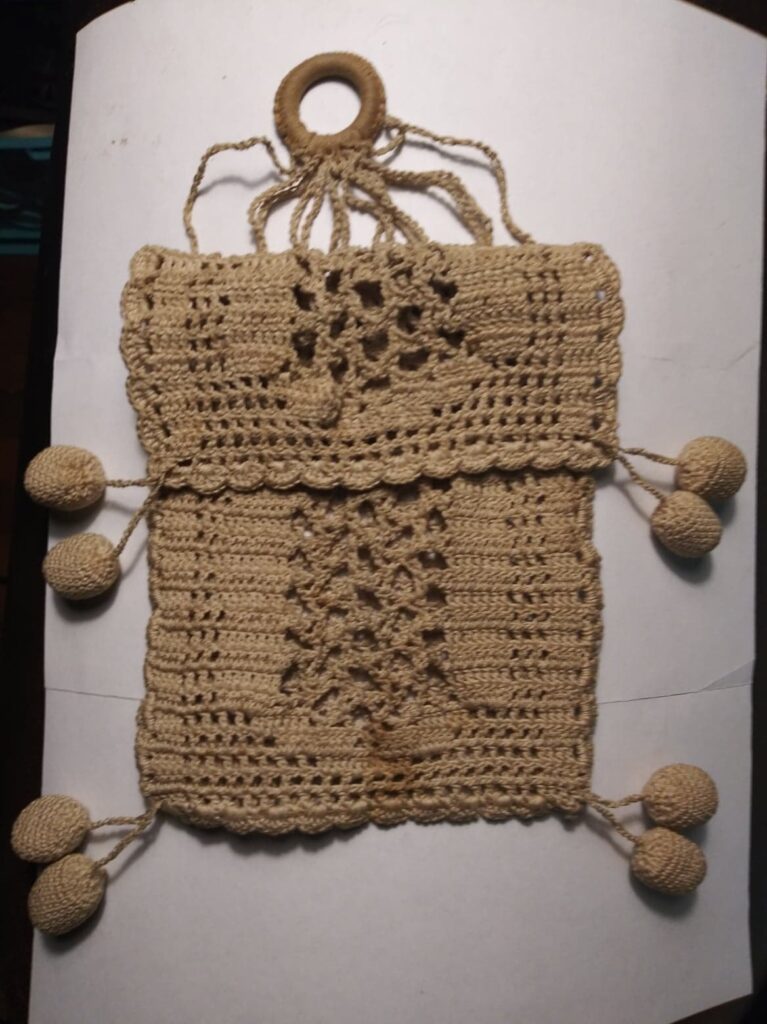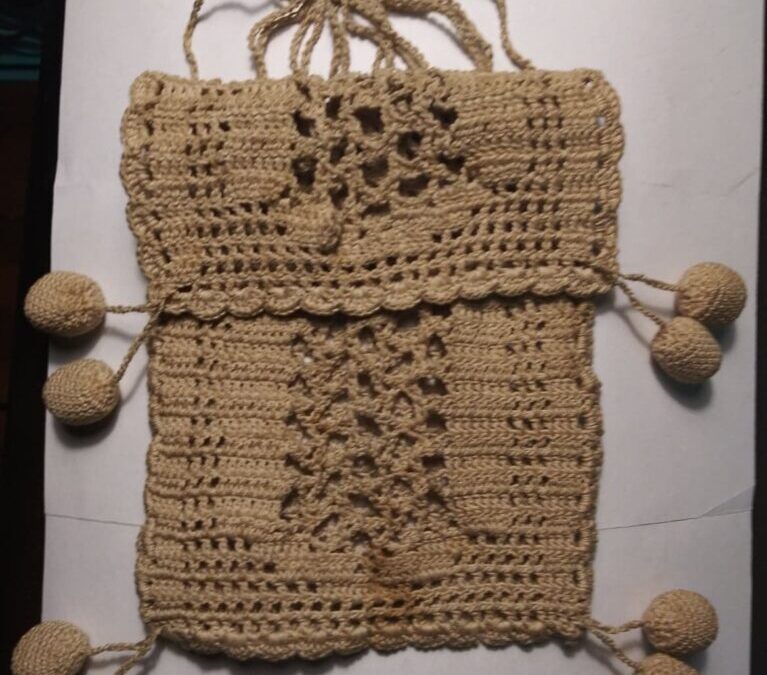
Accessories were the top of the fashion list for the ladies of the 1920s. With so many dresses made from such similar patterns, the fabrics and the accessories made all the difference.
The most important accessory was the hat. And the most important hat of the decade was the cloche. This hat was a soft helmet-shaped item with an all-round brim fitting low on the forehead. It could be plain or decorated with embroidery, beadwork or flowers. The hats were made from felt, quite often, but also silk, satin and straw. For evening wear, the exotic turban was worn. The material for this had to be light; having one’s head bound for hours can be very unforgiving in a crowded place. The turban was decorated with feathers, pearls, flowers or feathers, producing an unusual look. The beret became more common, too, used primarily with sports clothes.
Stockings became a more prominent feature in this decade. For the first time, women had to worry about what their legs looked like above their ankles. House dress stockings were usually black cotton. Afternoon dresses deserved better. The stockings were most often silk, in white, black and tan for day and nude and pastels for evening wear. The sheer material was held in place by garters. And a lady had to be aware of the seam being straight all the time.
And what was on their feet? Shoes of quality. Flat oxfords were worn at home. Going out shoes were 2” heeled oxfords, Mary Janes or T-straps, some decorated with rare leathers, like alligator or snake, or with contrast stitching or cut-outs in the leather. Evening shoes were the Mary Janes or T-straps with glitter or sparkles. And, for the first time, a sport shoe was developed for women, canvas sneakers.
Gloves were a basic accessory, like a hat. During the day, a woman wore wrist-length white gloves, kid or cotton. Evening gloves were opera-length or elbow length, again kid or cotton. The very modern flappers could wear lace gloves to the night clubs. In the winter, gloves were worn for warmth, thus, knitted gloves or fur-lined leather.
Shawls, scarves and filmy jackets dressed up a simple outfit in various ways. It was inexpensive to add those to a working girl’s repertoire of accessories. Long and narrow, squares with fringe, satin or chiffon, every item made a sure hit.
There was only one rule with jewelry: colorful. Rings, hairpins, cuff bracelets and dangle earrings were all popular. Most were oversized. Chokers were embellished with bead work, and embroidery. Large pins were attached to shoulders. Art deco earrings swung from lobes. The pearl necklaces that fell to the natural waist were the rage.
Avoiding the feminine handbags of the past, the ladies of the Roaring 20s needed something to hold their omnipresent compacts. Small hand-embroidered or crocheted purses were popular. They were just large enough for a change purse, a handkerchief and the compact. Powdering your nose at the table was a very popular thing to do, apparently. For those who thought that was too much, manufacturers made cosmetic cases into very artsy displays with a chain to hang on one’s wrist.
Glasses had been avoided by as many as possible, especially among the young, for years. Finally, a process was created to make the first plastic frames. The colors were black, brown or tortoiseshell. It gave a whole new look to the nearsighted. The frames were round, due to the limitations of manufacturing the lenses, but it was so Modern! Of course, metal was still a popular look, too. Once larger frames were available, the Hollywood stars all started wearing sunglasses, giving a boost to the optical industry, because, of course, the movie-addicted populous imitated their heros and heroines.
The cosmetic industry had a great awakening in the 1920s, too. It all began with the Gillette Razor company which had the contract for US military during the Great War. At the end, the men went home and used whatever brand they wanted. To not lose the great sales numbers they had during the war, Gillette saw that sleeveless dresses were becoming popular so they started a newspaper campaign to tell women they needed to shave their underarms. And, so it began! When the silent movie stars began to peroxide their hair and turn into a white-blonde, many women followed suit. They also followed the fad to thin arched brows, dark eyeshadows and a bright red lipstick. The women have been using cosmetics ever since.


Recent Comments